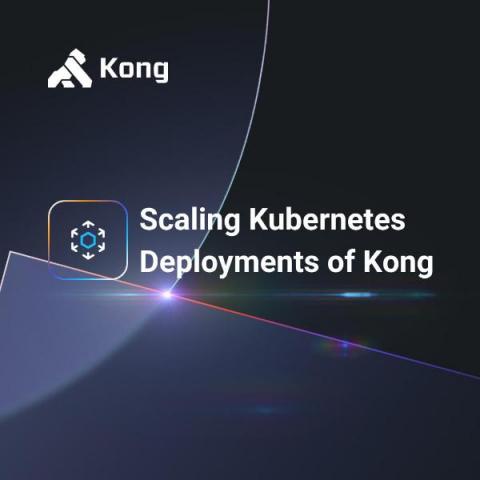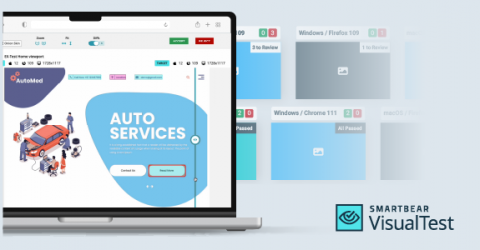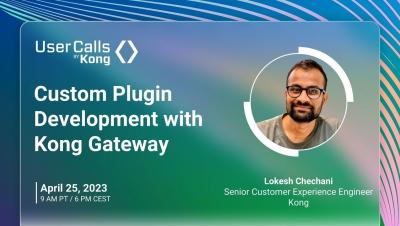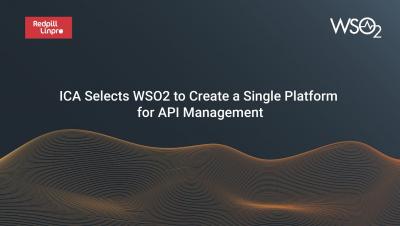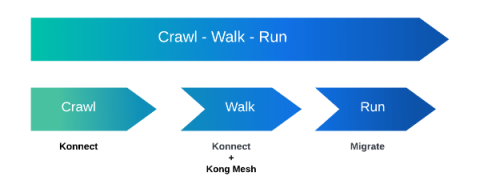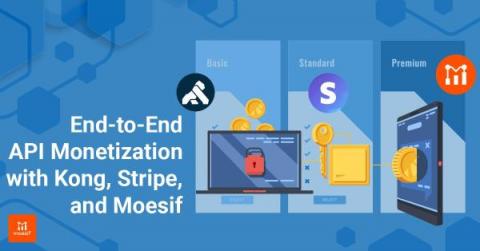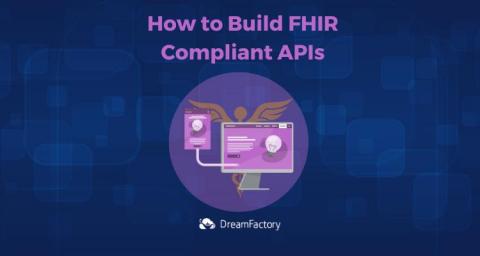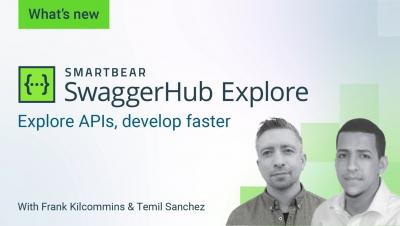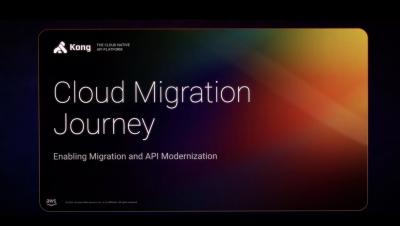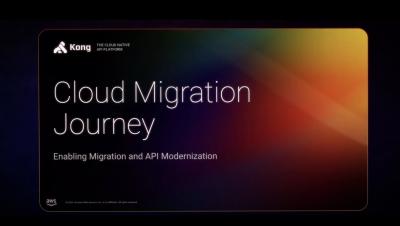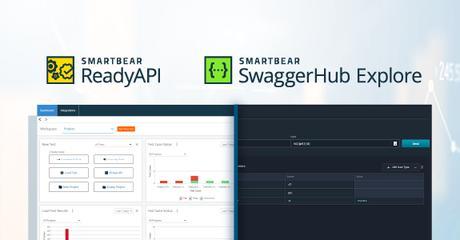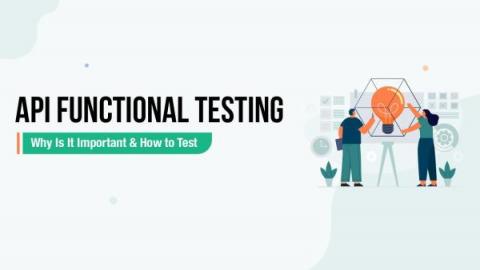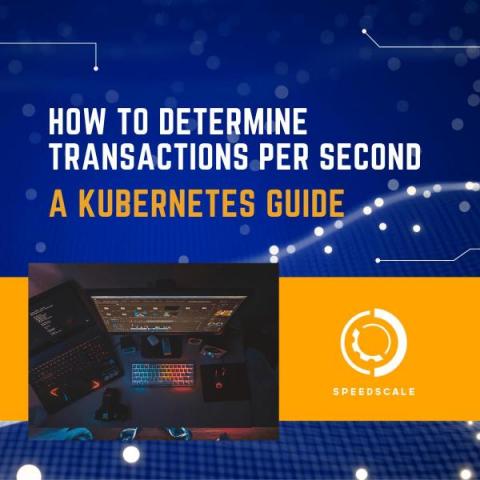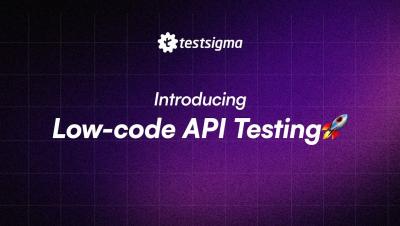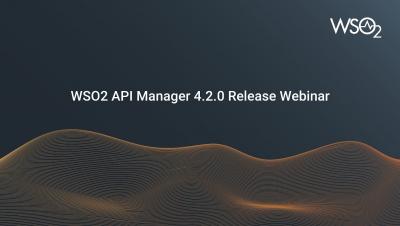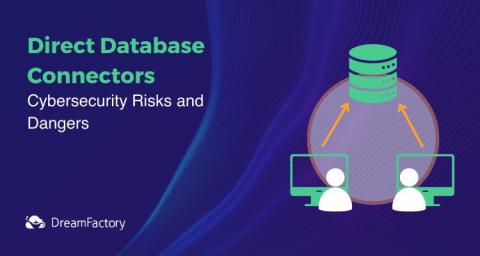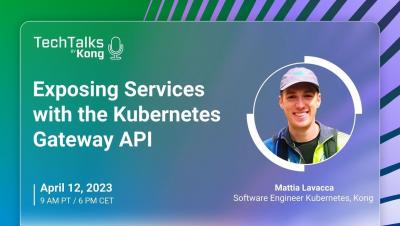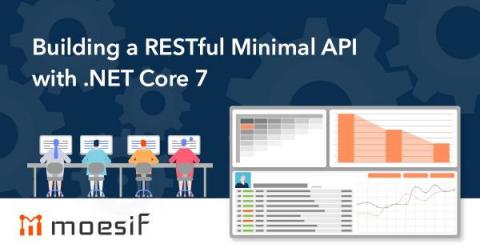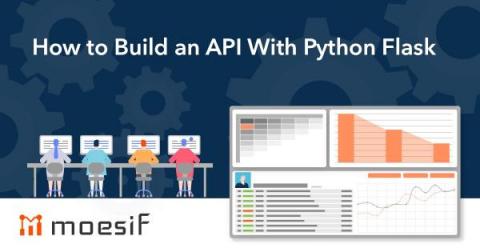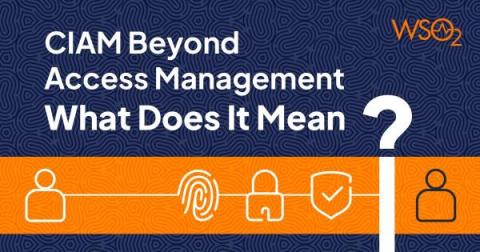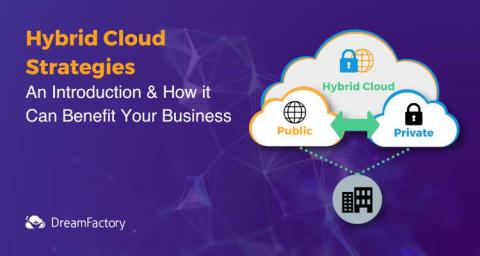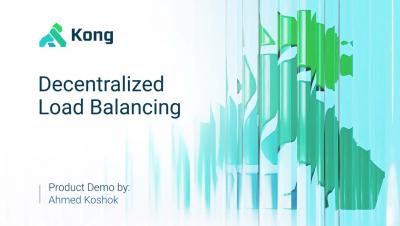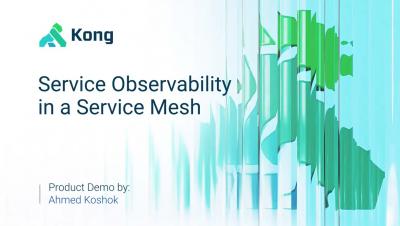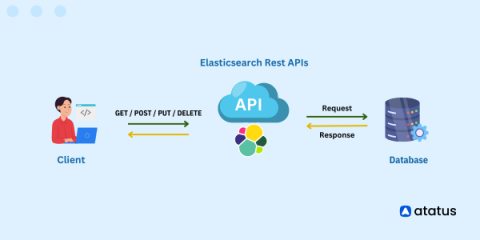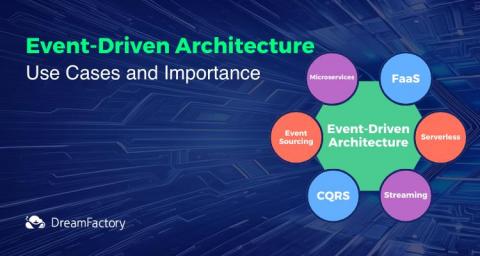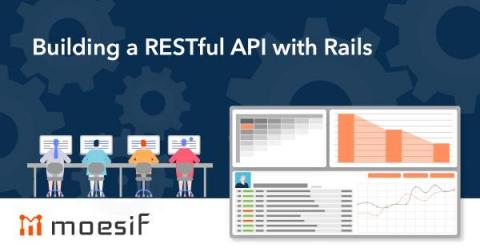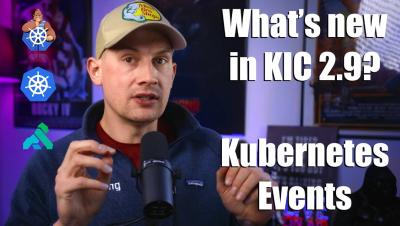Systems | Development | Analytics | API | Testing
April 2023
What is gRPC?
gRPC is an open source remote procedure call (RPC) framework that enables client and server applications to communicate with each other remotely and transparently. In this blog post, we are going to discuss gRPC. First, we’ll talk about RPCs and why they are important. Then we’ll explain how gRPC works, taking a closer look at protocol buffers and the architecture of gRPC.
Kong Spring Update: The Blossoming Season
We started 2023 by closing our fiscal year and achieving hypergrowth — once again. We’ve surpassed 600 customers, increased our employee base by 22% year over year, opened our newest office in Singapore following rapid growth in the Asia Pacific region, and expanded meetups to 46 countries and more than 12,000 attendees.
Scaling Kubernetes Deployments of Kong
In my previous post on scaling Kong deployments with and without a database, we covered the concepts of deploying Kong with and without a database, as well as using decK, distributed, and hybrid deployments. In this article, we take a tour of some of the possible Kubernetes deployments of Kong. Kubernetes (K8s) is the container orchestration war winner. While there are still deployments using other engines, we see K8s far more.
How to Overcome Flaky UI Tests
When writing your test automation scripts, it can be especially difficult to write code that adequately identifies visual defects. Typical functional tests do a poor job capturing all visual changes and they also leave you with lengthy and flaky code. And when your code becomes flaky, it becomes unreliable.
Developing Low-Code Integrations with Choreo
The software development landscape today is full of various technologies and message formats that make up applications and systems. These can range from older legacy systems to newer, more modern applications. Because of this, the environment can be complex and challenging for integration developers. Enterprise integrations offer a solution by providing unified connectivity between these different components.
Four Essential Best Practices for API Management in 2023
The proper management of APIs is vital for organizations seeking to optimize their digital experiences and application performance. API management solutions facilitate the efficient administration of APIs by offering several features such as access control, rate limiting, developer portals, analytics, and API versioning.
API Gateway vs API Proxy: Understanding The Differences
In this article, we’ll talk about the differences between an API gateway and an API proxy — as well as a reverse proxy. We’ll cover use cases and when each might be the right tool for the project at hand, including the advantages of API gateways over API proxies and reverse proxies.
API Gateway vs Load Balancer: Which is Right for Your Application?
API gateways and load balancers are useful tools for building modern applications. While they have some functionality overlaps, they’re distinct tools with different purposes and use cases. In this article, we’ll discuss the differences between API gateways and load balancers, give examples of their implementations, and how to choose the right tool for your web application.
Custom Plugin Development with Kong Gateway
Innovate Faster with API Discoverability
More than 90% of developers use APIs regularly, according to Slashdata, with most (69%) using third-party APIs. At the same time, many businesses are recognizing the value of building API ecosystems. For instance, Expedia generates over 90% of its revenue from APIs, enabling third-party websites to book flights, cars, and hotels through its platform. With a growing number of APIs to choose from, discoverability is critical for the success of data-driven businesses.
REST API Design: Filtering, Sorting, and Pagination
RESTful APIs have become a cornerstone of modern web development, allowing developers to create powerful, scalable, and efficient web applications. When designing REST APIs, it's essential to consider key features like filtering, sorting, and pagination to ensure optimal user experience and server performance. Filtering allows users to narrow down search results by defining specific criteria, while sorting allows results to be ordered in a particular manner.
ICA Selects WSO2 to Create a Single Platform for API Management
Reach for the Clouds: A Crawl/Walk/Run Strategy with Kong and AWS
I once heard someone say, “What the cloud migration strategies lack at the moment is a methodology to Lift-and-Shift connections to the cloud.” Let’s digest that. In today’s landscape, maintaining a competitive edge and delivering a high-quality customer experience is becoming synonymous with migrating to the cloud. As of 2022, 57% of organizations are migrating more workloads to the cloud.
End-to-end Monetization with Kong, Stripe, and Moesif
Many API developers and companies struggle to find ways to easily set up systems to monetize their APIs. Some are simple but not customizable while others are complex and require massive engineering effort to actually get it all running. To make things easier, Moesif created the Billing Meters feature which allows for massive customization with a minimal amount of code and engineering effort.
The Ultimate Solution for Building FHIR-Compliant APIs
What is GraphQL Testing? How To Test GraphQL APIs?
Adopting GraphQL and implementing GraphQL testing have become critical in the API-first landscape. The skyrocketing demand for modern software has put the importance of maintainable, functional, and scalable code on top. To enable independent evolution and decouple the front end from the backend, manual and automated API testing needs to take place for SOAP and REST architecture styles.
Explore What's New - Episode 2
How to Test your AsyncAPIs with ReadyAPI
Testing asynchronous APIs (AsyncAPIs) is becoming increasingly important as more and more APIs adopt asynchronous communication patterns. ReadyAPI now supports testing of AsyncAPIs, making it an even better tool for API testing. In this blog post, we’ll provide step by step guidelines on how to import your AsyncAPIs from SwaggerHub into ReadyAPI and how to test them. Hopefully, this will help you get started with testing your own asynchronous APIs.
Building GraphQL APIs with PostgreSQL: Top Developer Tools to Consider
Developers often build high-performing, scalable applications using GraphQL and PostgreSQL to define data structure and achieve reliability, scalability, and high performance. First, however, selecting the appropriate framework to simplify and streamline the development process is crucial while building a GraphQL API with PostgreSQL. This blog will explore the top tools for building GraphQL APIs with PostgreSQL, including Hasura, Postgraphile, Prisma, and GraphQL Nexus.
Reach for the Clouds: A Crawl/Walk/Run Strategy with Kong and AWS - Part 1: Crawl
Reach for the Clouds: A Crawl/Walk/Run Strategy with Kong and AWS - Part 2: Walk
Reach for the Clouds: A Crawl/Walk/Run Strategy with Kong and AWS - Part 3: Run
Imperva and Kong Join Forces to Integrate Leading API Management and Cybersecurity Solutions
Today we’re pleased to announce a new strategic partnership and resale agreement with Imperva. Imperva customers will now be able to directly license Kong Enterprise, the fastest, most feature-rich, and secure API management solution. In addition, Kong customers will be able to use the Imperva API Security plugin within Kong Enterprise. This allows developers to comprehensively secure their APIs and protect their business applications and data against unauthorized access.
How to Scale Your Test Automation with BitBar
Software testing has evolved from an inconvenient ad-hoc process to an integral part of the software development lifecycle. However, while many teams have caught on to the benefits of test automation frameworks, some organizations have yet to scale up and expand their test coverage with cloud-based devices for integration tests.
Scale, Adapt and Respond Better with Event-Driven Architecture
Modern businesses demand companies to be fast, agile, customer-focused, innovative, collaborative, and digitally-savvy. Phew, that’s a lot! This poses the question of how can companies meet all these demands? The answer? By switching to microservices which build more scalable, agile, resilient, and diverse systems. When a company meets these demands, they stay competitive, grow their market share, and achieve long-term success.
API Functional Testing - Why Is It Important And How to Test
Imagine you’re planning a road trip across the country. You’ve got your car, a map, and plenty of snacks for the journey. But there’s one crucial thing missing – a functional engine that will get you from point A to point B without any issues. That’s exactly why API functional testing is so important. APIs are the engines that power our software applications. They allow different systems to communicate with each other and transfer data seamlessly.
How to Write Test Cases for API Testing: With Template
Today, all applications run on API. It connects one microservice to another, clients with servers, and runs the most basic yet essential application services. Clearly, a well-oiled API is imperative to ensure the smooth functioning of every system. If API breaks down, the complete user experience and application are put at risk. And only proper API testing can secure the system from such downtime possibilities.
How to Determine Transactions-per-Second | A Kubernetes Guide
Introducing API testing on Testsigma!
APIs and JavaScript: Maximizing Development Potential
WSO2 API Manager 4.2.0 release webinar
Kong Konnect Boosts GraphQL Support, Secure Automation, Service Catalog, and API Analytics
At Kong, our mission is to deliver the best API lifecycle management experience for the cloud native era. Driven by our dedication to meeting the dynamic demands of modern end-to-end API management, we’ve introduced an array of new Kong Konnect features in April, enhancing functionality and elevating the user experience.
Unveiling Kong Ingress Controller in Kong Konnect: The Power of True Unified API Management
As we continue to push the boundaries of API management, we’re excited to announce the beta release of Kong Ingress Controller within Kong Konnect. Revealed at KubeCon + CloudNativeCon Europe 2023, this new integration turns Kong Konnect into the world’s first modern unified end-to-end API management platform.
Why Enterprises Are Adopting BDD & What It Means for QA Testing
Agile development methodologies are increasingly necessary to adapt to rapidly changing requirements, deliver value faster, and ensure a robust user experience. While many strategies address these challenges, behavior-driven development (BDD) is gaining particular attention for its unique ability to deliver on these goals through enhanced collaboration. In this article, we’ll look at BDD, why enterprises are adopting it, and what it means for QA testing teams.
Securing and Governing the Digital Double - Path to a Trusted Digital Ecosystem
Many of us now take our daily digital experiences for granted, whether it’s making a purchase, taking an exercise class, playing a game, or checking our bank accounts. Moreover, the lines between the physical and digital worlds have become increasingly blurred, and few people think twice about using mobile tickets to attend an event or checking a digital watch to track a workout. However, security has not kept pace with the demands of today’s digital ecosystems.
Kong Mesh & Kuma 2.2 Released with Global Rate Limiting, OpenTelemetry, and More
We’re excited to announce the release of Kong Mesh and Kuma 2.2. This new minor release adds some long-awaited enterprise features, more incremental improvements to our UI and policies, and many more minor features and bug fixes. In order to take advantage of the latest and greatest in service mesh, we strongly suggest upgrading to Kong Mesh 2.2. Upgrading is easy through kumactl or Helm.
Should You Automate It? Knowing When to Build Test Automation and When to Keep It Manual
Agile teams must adapt to changing requirements and continuously ship new features. But, while automated tests are faster, they take time to set up and still need ongoing maintenance. So, how do you decide when to invest time and energy in test automation and when to use manual tests? Striking the right balance is critical to success.
Cybersecurity Risks of Direct Database Connectors
Can Your Test Management Tool Support an Agile Transition?
Many organizations are experiencing a digital transformation to keep pace with the rapidly changing technology landscape and the increasing demand for faster time-to-market. By embracing Agile principles, like collaboration, iterative development, and continuous feedback, you can respond more quickly to changing requirements and market conditions. But these transitions don’t happen overnight.
Cloud Vs. Colocation: Which Is the Right Choice for Your Business?
Exposing Services with the Kubernetes Gateway API
Stop Wasting Your Engineers' Time and Start Improving Your System Stability with Kuma
At first glance, that does not make sense, right? The title suggests you should invest your DevOps/Platform team’s time in introducing a new product that most likely will: Through this article, we’ll show you that even though those initial concerns are justified, the overall benefits that can be realized by adopting a service mesh can outweigh any initial effort and investments.
WSO2 Promotes Asanka Abeysinghe to CTO
API Testing: Top 5 Tools & Methodologies
API testing has many moving parts, and in this post you'll be presented with the 5 most essential tools and methodologies.
Enabling API Monetization with Moesif
As an API provider, you probably picture bringing in some type of revenue as part of your API business model. When you first begin the journey of monetizing your API product, you’ll likely find that the complexities of monetization run deep. Much of the time, solving this problem extends beyond the capabilities of a typical API gateway or API management platform.
API Performance Testing: A Step-by-Step Guide
API testing is essential to ensure that APIs are functionally correct and reliable. This article aims to introduce performance testing for APIs.
Scaling Kong Deployments with and without Databases
As the world’s most popular API Gateway, Kong Gateway is flexible and can be adapted to various environments and deployment configurations. This flexibility means some time should be taken to make good architectural decisions for the use cases in mind. For example, the best configuration for a developer’s workstation isn’t the ideal one for a high SLA deployment. Fitness for purpose is therefore the objective.
Unifying government platforms with API management
Government agencies can use APIs to help centralize digital services for constituents in a secure and efficient manner
WSO2 Expands Global Distribution of API Management Solution Through Partnership with Global IT Solutions Aggregator TD SYNNEX
Streamlining Platform Engineering and Operations to Maximize Impact
Unleash the Power of Parallel Testing with Selenium Grid
Automated tests are the cornerstone of high-quality software. Development teams can move faster without worrying about breaking existing functionality when automated tests run with each commit or deployment. At the same time, automated tests can help expand test coverage to provide customers with a higher-quality product. Selenium is one of the most popular tools for testing web applications.
Unlocking the Power of Programmable Data Planes in Kubernetes with eBPF
Programmable data planes offer dynamic control for cloud native applications. Technologies like eBPF and Kubernetes provide an abstraction to improve flexibility, scalability, and performance.
Building a RESTful Minimal API with .NET Core 7
.NET Core and ASP.NET Core are popular frameworks for creating powerful RESTful APIs. In this tutorial, we will use it to develop a simple Minimal API that simulates a credit score rating. Minimal APIs provide a streamlined approach to creating high-performing HTTP APIs using ASP.NET Core. They allow you to construct complete REST endpoints with minimal setup and code easily.
How to Build an API With Python Flask
Python Flask is a popular framework for building web applications and APIs in Python. It provides developers with a quick and easy way to create RESTful APIs that can be used by other software applications. Flask is lightweight and requires minimal setup, making it a great choice for building small to medium-sized APIs. This makes Flask an ideal choice for developers looking to build robust and scalable APIs in Python. This example will review how to create a simple rest API Flask tutorial.
CIAM Beyond Access Management - Is Your CIAM Program There Yet?
How mature is your CIAM program today, and how do you aspire to evolve it? We talk with many existing and prospective CIAM customers and have found a fairly rapid evolution in maturity over the last year. In fact, we’ve developed the WSO2 CIAM Maturity Model to discuss the various levels of maturity we see across the market. So what level do you think your organization is at currently, and how can you strive for an optimized level of maturity?
How Hybrid Cloud Strategies Can Help Modern Businesses Succeed
Intelligent Load Balancing and Reliability with Kong Mesh
Microservice Observability with Kong Mesh
API Discovery and Consumption with Kong Enterprise
Zero-trust security with Kong Mesh
Evolving API Management Requirements of Modern Enterprises
The ability to rapidly assemble and reassemble APIs and microservices has become a competitive differentiator across all industries — allowing organizations to pivot business models and deliver amazing customer experiences at speed and scale. Innovative organizations are pushing to become agile and transforming by adopting cloud native technologies that allow them to build more resilient software quickly that easily scales.
Beginner's Guide to Elasticsearch API: Indexing and Searching Data
Elasticsearch is a JSON-based database leaning heavily towards the unstructured types within the databases available out there. ( Postgres and MySQL are purely structured, while NoSQL is entirely unstructured). It interacts through restful APIs and provides a central unit system combining several datasets arising out of logs, metrics, and application trace data. A quick comparison with relational database management systems (RDBMS) will tell us their similarities.
Automating API Creation with Kong Enterprise
Benefits of Event-Driven Architecture in Business Systems
Building a RESTful API with Rails
When it comes to building an API, Rails is an extremely popular programming language choice to build powerful RESTful APIs. In this tutorial, we will build a simple REST API using Rails. The Rails REST API endpoint will allow users to retrieve a credit score rating. Of course, we won’t be linking up to any backend systems to pull a credit score but will instead use a random number generator to generate the score and return it to the user.





